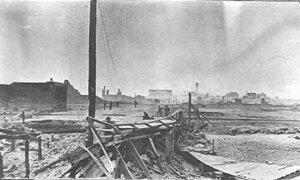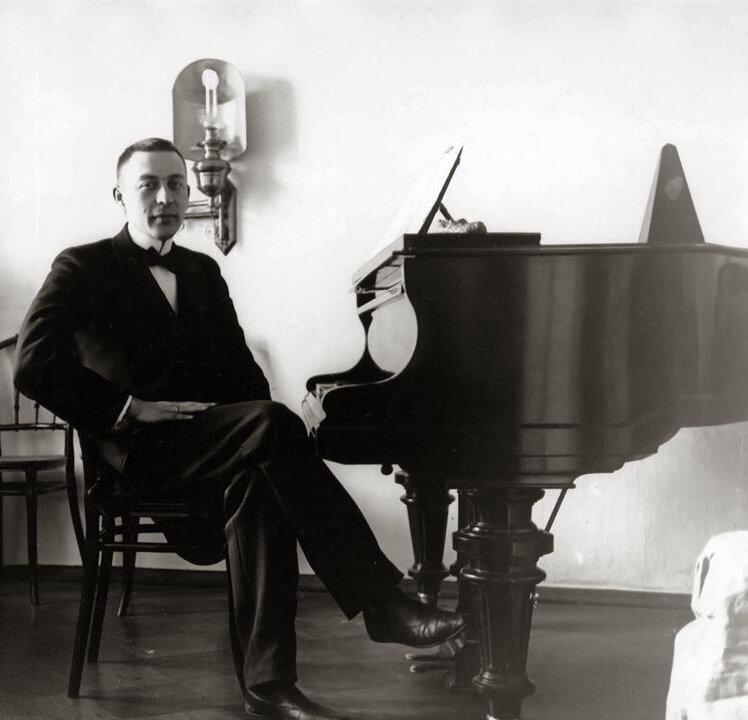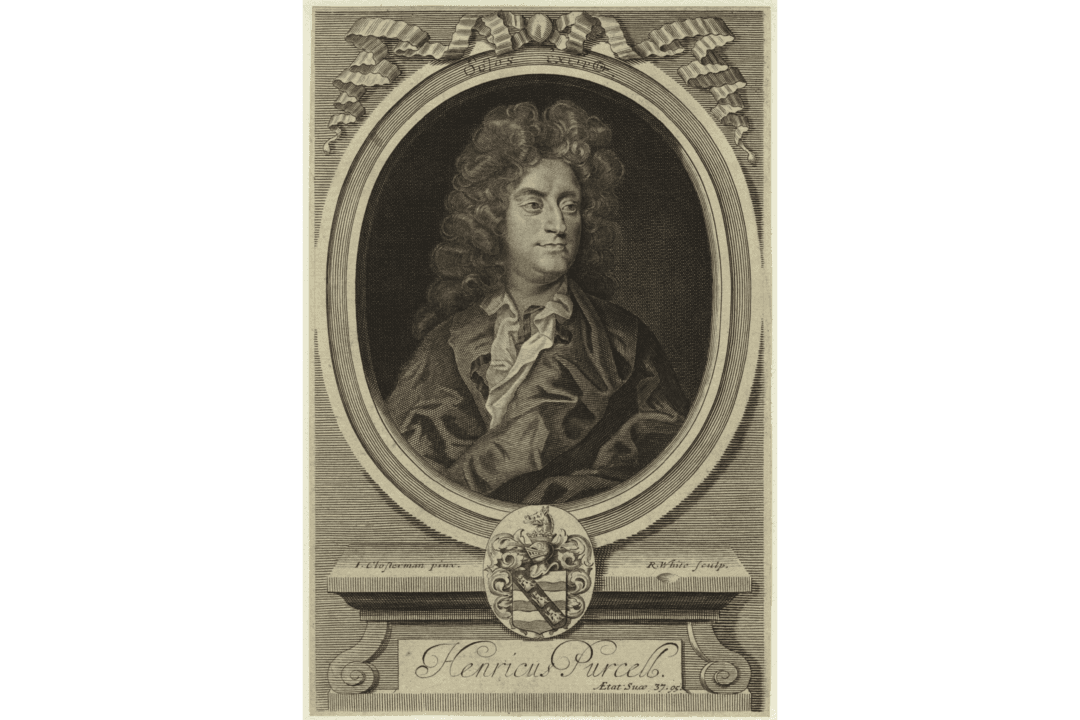Habitat for Humanity is the world’s largest nonprofit housing organization. In 2023 alone, it helped more than 13 million people build or improve their homes.
Meeting Linda
Fuller acquired a taste for business when he was only 6 years old. His father, a poor grocer, bought him a pig. After Millard fattened him and sold him for a profit, he expanded to chickens and rabbits, then firecrackers.One day, as a college student selling advertisements, he stopped at a movie theater and started a conversation with an attractive employee at the ticket window, Joan Caldwell. The manager interrupted them before he could ask for her telephone number, however, so he tried looking her up in the local phonebook. Not finding anyone by that name, he went through every Caldwell in the directory.
“Is this Joan?” Millard asked.
“No, my name is Linda,” responded a 17-year-old on the other end.
The strangers got to talking, discovering they had mutual acquaintances and shared values. Linda learned that Millard was earning his law degree, and she shared her aspiration to become a pediatrician. The conversation then somehow transitioned to high heels—at 6 feet tall, Linda had a hard time finding men to date. When she discovered that Millard was 6 foot 4, it seemed the stars were aligning.
They started dating. Millard picked Linda up in an old truck with an apple crate seat. His money problems didn’t deter her. A year later, they married.

Be Careful What You Wish For
By the age of 30, a time when most college graduates today are underemployed and struggling to pay back their student loans, Millard Fuller was a millionaire running a successful marketing firm. Unlike many rich people living the American dream, though, The Fullers weren’t satisfied with driving Lincoln Continentals. In fact, they were feeling stressed out, even empty. They began to have marital issues. Millard’s busy schedule was causing health problems. They wanted more meaning in their lives.
Realizing a Purpose
As missionaries, Millard and Linda traveled to Africa and spent three years in Mbandaka, a city in what is now the Democratic Republic of Congo. They saw that many poor families were living in vermin-infested mud shacks prone to disintegrating every time it stormed. In response, they started a program there to build cement-block homes for these residents, just as they had at Koinonia.
After returning to America in 1976, the Fullers started their now-famous nonprofit organization Habitat for Humanity. Its mission: to provide affordable housing to everyone, no matter how poor. Millard opened a law office in Americus, Georgia, that doubled as the nonprofit’s first headquarters. Without any money, Linda found economical ways to spruce up the place. She used bedsheets as curtains and wore the same dress every day.
The Fuller Center for Housing
By 1995, Habitat was working in more than 1,100 cities and 47 countries. In 1996, President Bill Clinton presented Millard with the Presidential Medal of Freedom. “Millard and Linda Fuller have changed philanthropy,” Clinton said when reflecting on presenting the award. “Instead of asking for money, they asked people to swing a hammer.”
Knowing that they couldn’t build houses for all the poor families in the world themselves, the Fullers’ vision was to inspire others to emulate their model. But as Habitat for Humanity grew, so did the ambitions of its board of directors. It began taking the organization in corporate directions that Millard and Linda didn’t agree with, focusing on bureaucracy and government funding over grassroots efforts. In 2005, the board forced the founders out of their leadership positions.
Millard and Linda weren’t discouraged, however. The same year, they founded The Fuller Center for Housing, continuing their mission to “eradicate poverty housing” for the more than one billion people throughout the world in substandard living conditions. While Millard passed away in 2009, Linda remains active with the organization. At 83, “The First Lady of Affordable Housing” continues to visit build sites, promote the dream she shared with her husband, and inspire others.







